Western Montana’s Glacier Country lies within the traditional, ancestral territory of the Amskapi Piikani, Ksanka, Seli’š, and Qlispe’ people. Native American Heritage Month, observed each November, offers an opportunity for reflection, learning and deeper appreciation of the tribes who have called this land home for countless generations. We honor the enduring connection, cultural traditions and significant contributions of the Indigenous people who live here today. Here are six ways you can, too.
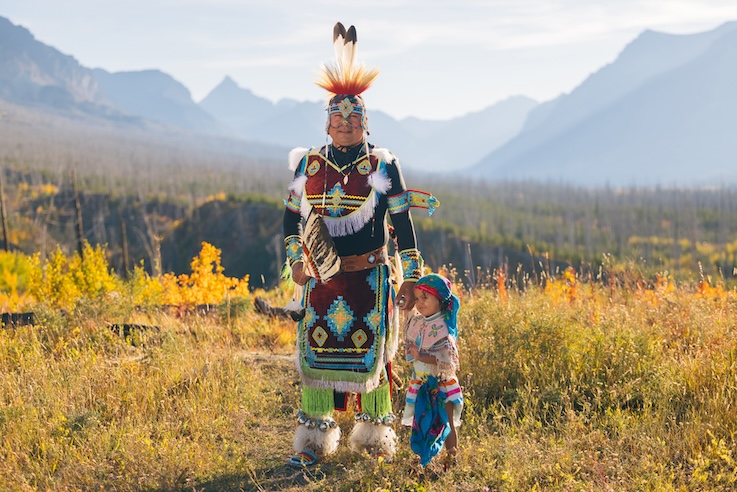
1. VISIT AN INDIAN RESERVATION
Montana is home to seven Indian reservations and the federally recognized Little Shell Tribe of Chippewa Indians, all rich strongholds of American Indian heritage and places where tradition is revered, landscapes are sacred and annual gatherings offer glimpses into traditional ways of life of Indigenous peoples.
Within Glacier Country, you’ll find the Confederated Salish and Kootenai Tribes of the Flathead Reservation and the Blackfeet Tribe of the Blackfeet Reservation. Please be respectful when visiting. Read more and find itineraries here.
- The Flathead Reservation encompasses 1.317 million acres in northwest Montana. The southern half of Flathead Lake and the CSKT Bison Range are located within the reservation’s boundaries, as are the communities of Arlee, Big Arm, Camas, Charlo, Dayton, Sčilíp, Elmo, Evaro, Hot Springs, Polson, Ravalli, Ronan and St. Ignatius. The CSKT Bison Range offers the chance to view the tribe’s bison herd, 350+, as well as other wildlife, like deer, elk, bighorn sheep and more. The range includes a nature trail and two seasonal wildlife drives.
- The Blackfeet Reservation sits along the eastern edge of Glacier National Park, encompassing nearly 1.5 million acres of rolling plains and the Rocky Mountain Front. Located within reservation boundaries are the communities of Babb, Browning, East Glacier Park—including the eastern entrance into Glacier National Park—Heart Butte and St. Mary.
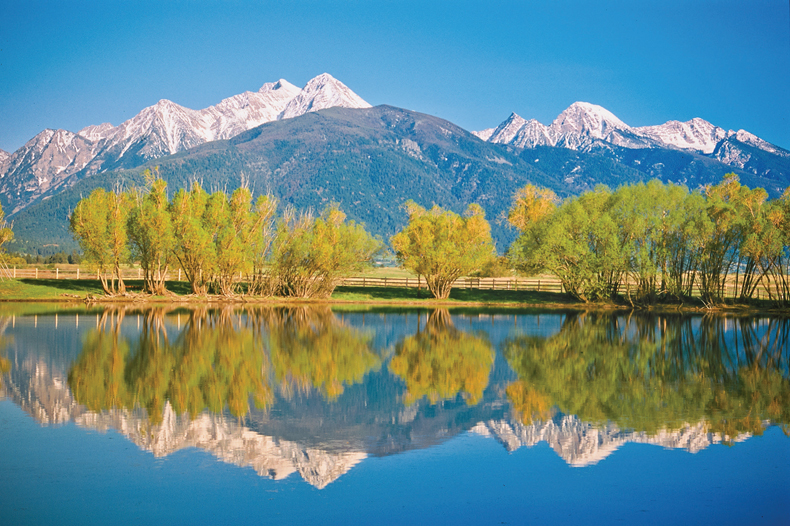
2. TAKE AN AMERICAN INDIAN EDUCATIONAL TOUR OR WORKSHOP
- Based out of East Glacier Park, Sun Tours provides a historic glimpse of Blackfeet culture and heritage via interpretive tours throughout Blackfeet Country and their original ancestral territory, including the Going-to-the-Sun Road in Glacier National Park. Tours are seasonal.
- Every summer in Glacier National Park, Blackfeet, Salish, Kootenai and Pend d’Oreille tribal members share their knowledge of their histories and cultures with park visitors as part of the Native America Speaks program. Take this important opportunity to learn more about American Indian culture in Montana.
- Experience an American Indian Cultural Workshop Hike and Presentation with Iron Shield Creative. Join knowledgeable guides on public lands across Montana to learn the cultural, ecological and historic significance of these landscapes. Seasonal day-hike workshops share Indigenous perspectives and stories that deepen understanding of place and connection.
- Mariah Gladstone, owner of Indigikitchen, blends traditional knowledge with modern creativity to share the foods and stories of her Blackfeet heritage. Through workshops, cooking demonstrations and educational outreach, she highlights the nutritional, cultural and ecological significance of Indigenous ingredients, inspiring others to reconnect with the land and its ancestral foodways.
- Backpackers Ferry provides customizable guide services, offering visits to ancestral sites, like historical buffalo jumps and pastures, as well as stops at the Museum of the Plains Indians and any other local galleries or shops you want to add in.
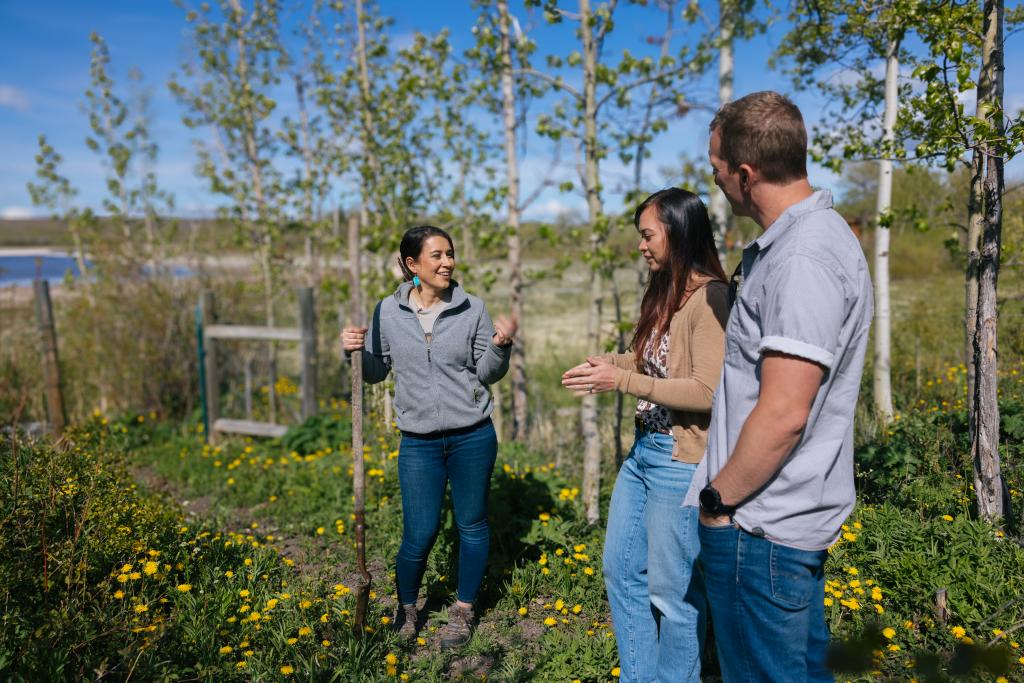
3. VISIT A MUSEUM, GALLERY OR CULTURAL CENTER
Along with year-round tribal events, you’ll find museums, galleries and cultural centers that preserve and share American Indian histories, traditions and art through compelling exhibits, rare artifacts and authentic works by Indigenous artists.
- The Missoula Art Museum features the largest collection of contemporary American Indian art in Montana, with almost 250 objects by the nation’s most recognizable and powerful American Indian artists. The core of the collection comprises artists from tribes in Montana.
- Three Chiefs Culture Center in Pablo tells the story of the Salish, Kootenai and Pend d’Oreille tribes through educational activities, history presentations, beading classes and traditional gatherings like pow wows. Explore the artifacts and exhibits, hear the stories of their people, and participate in cultural activities, traditional arts and crafts, cultural education, games and other events.
- The Ninepipes Museum of Early Montana in Charlo honors the history and culture of the Flathead Indian Reservation and early Montana with artifacts, historical photographs, beadwork, guns, bows and arrows, and a diorama room filled with mounted wildlife and an American Indian camp.
- Near Browning at the Lodgepole Gallery explore fine art representing Blackfeet artists.
- Also in Browning, pore over historic clothing, weapons, household items and other artifacts from Northern Plains tribal peoples at the Museum of the Plains Indian.
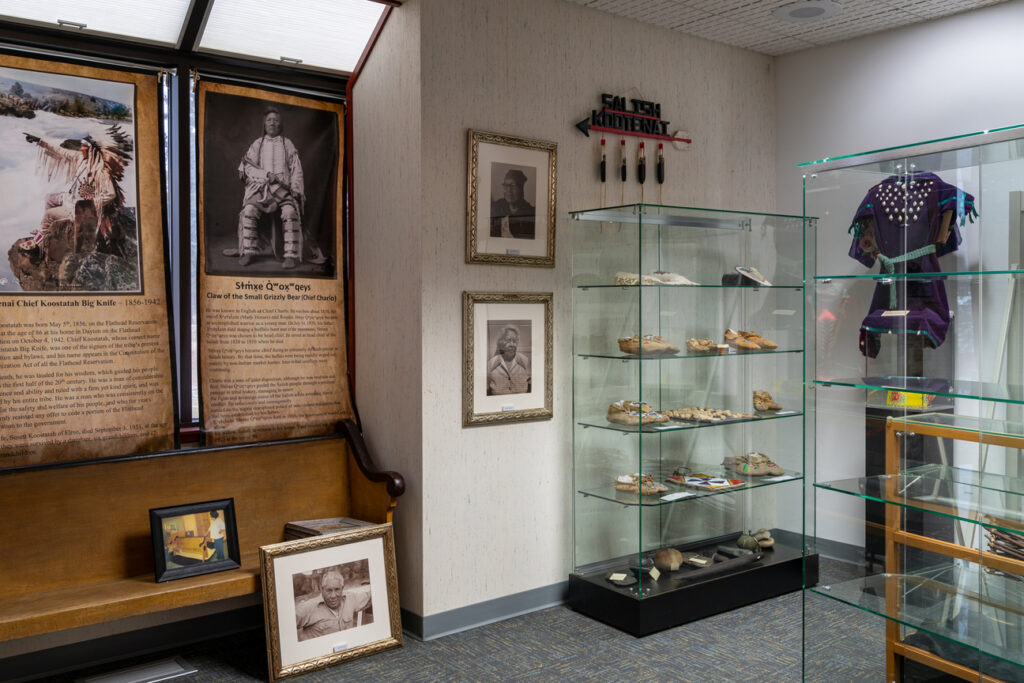
4. BUY NATIVE AMERICAN MADE IN MONTANA + VISIT AN INDIGENOUS-OWNED SHOP
While visiting Tribal Nations in Western Montana, purchasing local American Indian arts and crafts contributes to tribal communities and helps preserve traditions. When you see the Native American Made in Montana sticker, it means the product was made, created or enhanced in Montana by an enrolled member of a tribe. Read more here for important information about buying authentic American Indian work (rather than misrepresentations) from certified American Indian artisans in Montana.
- Indigenous Made Montana provides the opportunity to shop Indigenous vendors at various markets and events throughout the year. Visit the winter market on November 29, 2025, at the Missoula Fairgrounds.
- Set foot in the oldest continually operated trading post in Montana at the Four Winds Indian Trading Post in St. Ignatius, where you’ll find beads, face paint, headdresses, animal hides, genuine sinew, and other American Indian wares.
- Don’t miss the popular visitor stop of Faught’s Blackfeet Trading Post, a full-service clothing store supporting local tribal artists and craftspeople through the sale of specialty Native-made crafts, books, lotions, gifts, souvenirs and beading supplies.
- The gift shop at the Three Chiefs Culture Center in Pablo (mentioned above) offers a beautiful collection of Native American arts and Native American-made crafts.
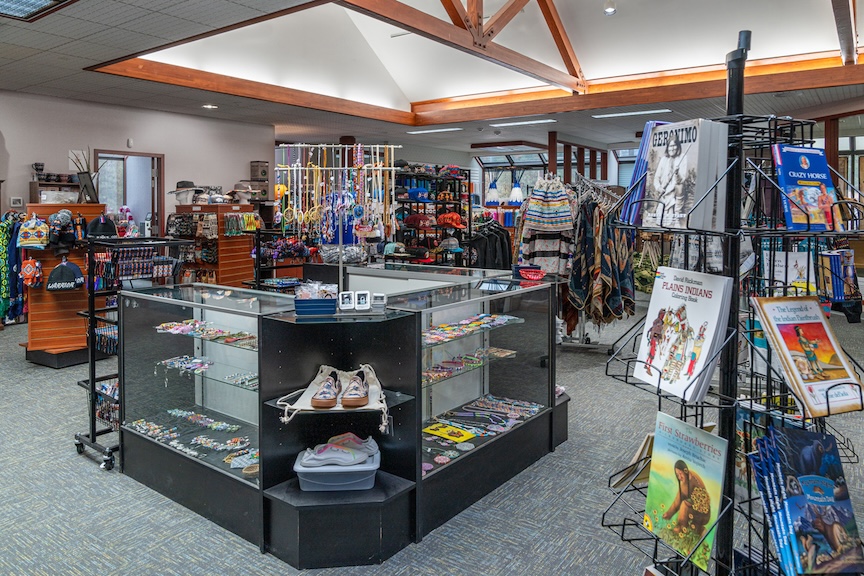
5. RECREATE RESPONSIBLY ON TRIBAL LANDS
There are things to be aware of when you are on tribal lands. While many tribal communities are welcoming to respectful visitors, these are not public lands, and there are sacred places that must not be disturbed. It’s also important to be mindful and respectful of a tribe’s unique culture, history and traditions. Make sure you “know before you go” regarding permits and policies that may differ from Montana law.
- Tribal Permits: If you plan to recreate (camp, fish, hunt, hike, boat) on tribal land, you will need a permit from the appropriate Tribal Nation. Visit Blackfeet Reservation and Flathead Reservation for more information.
- Pow Wows: If you plan to attend a pow wow, please respect the tribe and be aware of pow wow etiquette. Read more here.
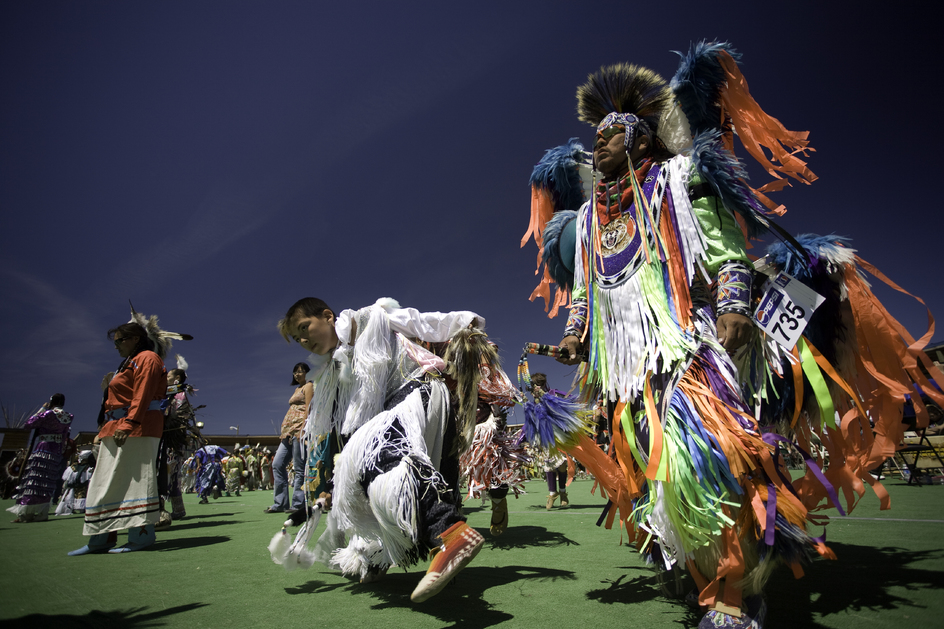
6. EXPLORE WORKS BY AMERICAN INDIAN AUTHORS
- Louise Erdrich, author of novels (including “The Round House”), poetry, and children’s books featuring American Indian characters and settings and an enrolled member of the Turtle Mountain Band of Chippewa Indians.
- Adrian L. Jawort, Northern Cheyenne novelist and poet. Writer of “Off the Path: An Anthology of 21st Century Montana American Indian Writers, Vol. 1” presenting nine short stories by five writers—Cinnamon Spear, Luella N. Brien, Eric Leland Bigman Brien, Sterling HolyWhiteMountain, and Jawort himself.
- Leo Killsback, winner of the 2021 Stubbendieck Great Plains Distinguished Book Prize for his two-volume history of the Cheyenne Nation: “A Sacred People: Indigenous Governance, Traditional Leadership and the Warriors of the Cheyenne Nation” and “A Sovereign People: Indigenous Nationhood, Traditional Law and the Covenants of the Cheyenne Nation.”
- Rosalyn R. LaPier, award-winning Indigenous writer, environmental historian and ethnobotanist. LaPier has written two award-winning books (including “Invisible Storytellers, Storytakers and the Supernatural World of the Blackfeet”), two Blackfeet language lexicons, and dozens of articles and commentaries.
- Debra Magpie Earling, novelist, short story writer, and a member of the Bitterroot Salish. Her acclaimed 2023 novel “The Lost Journals of Sacajawea” challenges conventional historical portrayals of Sacajawea.
- M.L. Smoker, poet and a member of the Sioux and Assiniboine tribes and poet Laureate of Montana 2019 – 2020. Smoker composes free-verse poems that focus on personal struggle and identity and engage American Indian history, language, and culture. Her latest book, “Thunderous,” (co-authored with writer Natalie Peeterse) is “an incredible Lakota Adventure” about an Indigenous teen.
- James Welch was a prominent American Indian (Blackfeet and Gros-Ventre) author of novels, including “Winter in the Blood,” and poetry featuring the American West and is considered a founding author of the Native American Renaissance.
Please note: We ask that all our visitors and residents recreate responsibly by being mindful of the following: know before you go; plan ahead; play it safe; leave no trace; tread lightly; and help build an inclusive outdoors.
November 3, 2025
Related: American Indian, Arts and Culture, Blackfeet Indian Reservation, Blackfeet Nation, Browning, Charlo, East Glacier Corridor, Flathead Corridor, Flathead Indian Reservation, Glacier National Park, Missoula, Montana, Museums, Pablo, Polson, Shopping, Vacation


Comments